Keisuke Ogaki
Unsupervised Adversarial Learning of 3D Human Pose from 2D Joint Locations
Mar 22, 2018

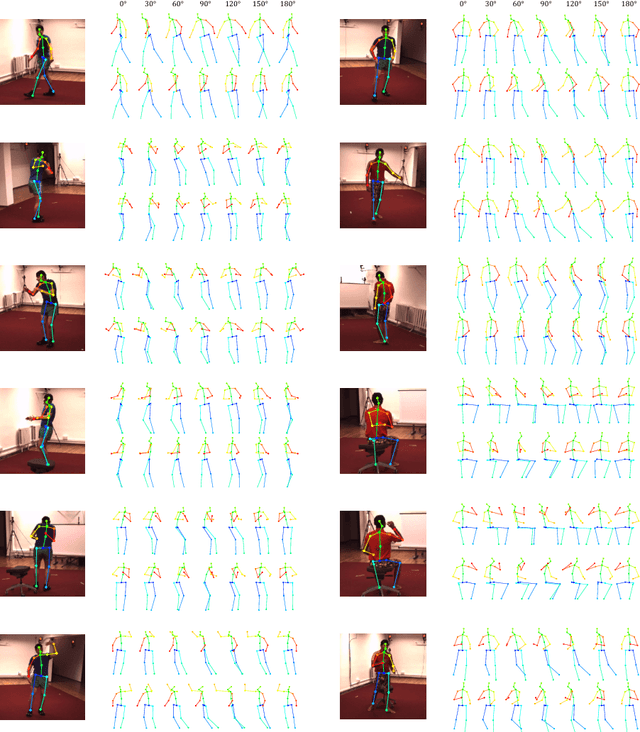

Abstract:The task of three-dimensional (3D) human pose estimation from a single image can be divided into two parts: (1) Two-dimensional (2D) human joint detection from the image and (2) estimating a 3D pose from the 2D joints. Herein, we focus on the second part, i.e., a 3D pose estimation from 2D joint locations. The problem with existing methods is that they require either (1) a 3D pose dataset or (2) 2D joint locations in consecutive frames taken from a video sequence. We aim to solve these problems. For the first time, we propose a method that learns a 3D human pose without any 3D datasets. Our method can predict a 3D pose from 2D joint locations in a single image. Our system is based on the generative adversarial networks, and the networks are trained in an unsupervised manner. Our primary idea is that, if the network can predict a 3D human pose correctly, the 3D pose that is projected onto a 2D plane should not collapse even if it is rotated perpendicularly. We evaluated the performance of our method using Human3.6M and the MPII dataset and showed that our network can predict a 3D pose well even if the 3D dataset is not available during training.
Comicolorization: Semi-Automatic Manga Colorization
Sep 28, 2017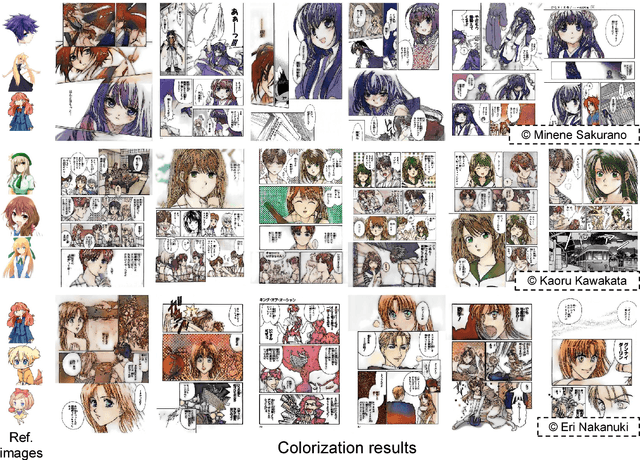
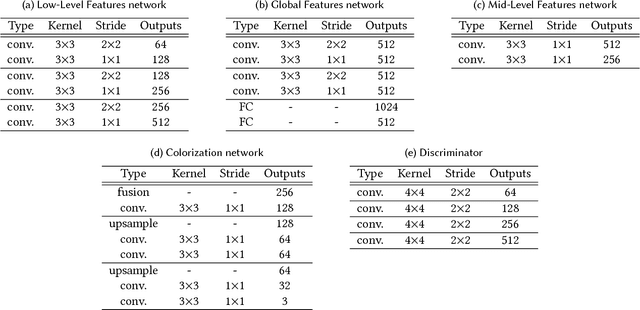

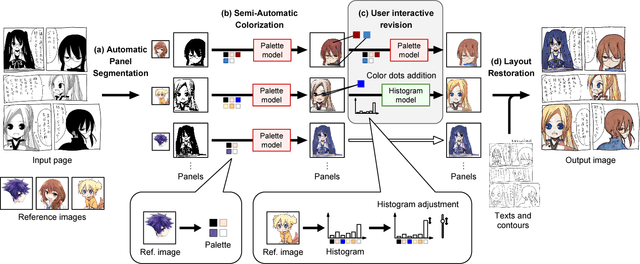
Abstract:We developed "Comicolorization", a semi-automatic colorization system for manga images. Given a monochrome manga and reference images as inputs, our system generates a plausible color version of the manga. This is the first work to address the colorization of an entire manga title (a set of manga pages). Our method colorizes a whole page (not a single panel) semi-automatically, with the same color for the same character across multiple panels. To colorize the target character by the color from the reference image, we extract a color feature from the reference and feed it to the colorization network to help the colorization. Our approach employs adversarial loss to encourage the effect of the color features. Optionally, our tool allows users to revise the colorization result interactively. By feeding the color features to our deep colorization network, we accomplish colorization of the entire manga using the desired colors for each panel.
PQk-means: Billion-scale Clustering for Product-quantized Codes
Sep 12, 2017

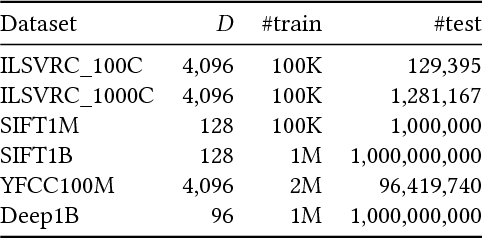

Abstract:Data clustering is a fundamental operation in data analysis. For handling large-scale data, the standard k-means clustering method is not only slow, but also memory-inefficient. We propose an efficient clustering method for billion-scale feature vectors, called PQk-means. By first compressing input vectors into short product-quantized (PQ) codes, PQk-means achieves fast and memory-efficient clustering, even for high-dimensional vectors. Similar to k-means, PQk-means repeats the assignment and update steps, both of which can be performed in the PQ-code domain. Experimental results show that even short-length (32 bit) PQ-codes can produce competitive results compared with k-means. This result is of practical importance for clustering in memory-restricted environments. Using the proposed PQk-means scheme, the clustering of one billion 128D SIFT features with K = 10^5 is achieved within 14 hours, using just 32 GB of memory consumption on a single computer.
 Add to Chrome
Add to Chrome Add to Firefox
Add to Firefox Add to Edge
Add to Edge